
The practice of Christianity in Korea has a relatively short history, but after a difficult beginning it has seen significant growth and success.
The deeply-rooted traditional religions of Buddhism, Shamanism and Confucianism held strong for many centuries and have been challenged by Christianity in a meaningful way only since 1784 when the first Catholic prayer-house was established in Korea.
Prior to the Korean War of 1950–1953, two-thirds of Korean Christians lived in the North, but most subsequently fled to the South.
Around 10% of the population of South Korea now describe themselves as Roman Catholics, one of the highest in Asia.
The first known Christian in Korea was
Konishi Yukinaga, who was one of the commanders of the Japanese invasions of Korea in the 1590s. He took a Korean girl later known as
Julia Ota-a back to Japan with him and she later became one of the first Korean Christians.
Father Gregorious de Cespedes, a Jesuit priest, visited Konishi in Korea in 1593 to work among Japanese expatriates, but he was not permitted to proselytize Koreans.
A decade later, however, the Korean diplomat
Yi Gwang-Jeong returned from Beijing carrying a world atlas and several theological books written by
Father Matteo Ricci, the Jesuit missionary to China.
He began disseminating the information in his books and from these beginnings the first real seeds of Christianity were sown. Over the next two centuries these ideas remained in circulation without taking deep root but the Church was finally able to gain a foothold in 1784.
The Korean Martyrs were the victims of the religious persecution against the Church that followed in the 19th century, after Catholicism had gained strength. At least 8,000 adherents to the faith were known to have been killed during this persecution, many of whom were canonized
en masse in 1984.
The faith came to Korea at the end of the 18th century, purely through the laity who had been reading the Catholic books written in Chinese which had been in circulation since the time of Matteo Ricci.
These lay scholars, mostly Confucianists, founded the
Hermitage of Heavenly Truth which laid the foundations for, and became the intellectual dayspring of, Korean Christianity in due course.
It is a remarkable fact that they were all laymen and there was not a single priest among them at the start.
Strong and dynamic Catholic communities soon enough arose but were led almost entirely by lay people until the arrival of the first French missionaries in 1836. The Catholic community suffered major persecutions in the years 1839, 1846 and 1866, producing at least 8,000 known martyrs, executed in a variety ways including torture and beheading.
The vast majority of the martyrs were lay people, including men and women, married and single, old and young. 79 martyrs of Korea were beatified in 1925 and 24 more were beatified in 1968 and the combined 103 martyrs were canonized as saints, in 1984, with a feast day on 20 September. Currently, Korea has the 4th largest number of canonized saints of any country in the Catholic world.
Ricci’s books provoked immediate academic controversy when Yi Gwang-Jeong brought them into Korea, and academics remained critical for many years. Early in the seventeenth century, Yi Su-gwang, a court scholar, and Yu Mong-in, a cabinet minister, wrote highly critical commentaries on Ricci’s works, and over the next two centuries academic criticism of Christian beliefs continued unabated.
Some scholars, however, were more sympathetic to Christianity. Members of the
Silhak (“practical learning”) school were heavily influenced by the Catholic Chinese writings they had read and promoted them in Korea but they were often bitterly opposed by the mainstream Korean academic establishment.
Thus, when Christianity was established in Korea, there was already a substantial body of educated opinion sympathetic to it, which was crucial to the spread of the Catholic faith.
The first Catholic prayer-house was founded in 1784 at Pyongyang by
Yi Sung-Hun, a diplomat who had been baptised in Beijing. In 1786, Yi proceeded to establish a hierarchy of lay-priests. These were later disbanded when it was realised that Catholic priests had to be ordained by valid bishops with true Apostolic succession.
Nevertheless, Christianity was introduced into Korea by indigenous lay-workers, not by clergy. Thus Christianity began as largely a lay “grass-roots” movement in Korea.
 Statue, in St Peter's Basilica, of Pope Gregory XVI who authorised the first Korean Diocese
Statue, in St Peter's Basilica, of Pope Gregory XVI who authorised the first Korean DioceseThe Korean lay catechist and martyr, St Paul Chŏng Hasang, was himself the son of a martyr, Augustine Chŏng Yakjong, one of the first converts of Korea, who wrote the first catechism for the Korean Church entitled “Joo Gyo Yo Ji.”
When Yakjong was martyred with Hasang’s older brother, Yakjong’s wife and the other children were spared and went into a rural place.
When he grew up, Hasang became a servant of a government interpreter which enabled him to travel to Beijing many times, where he entreated the Bishop of Beijing to send some priests to Korea. He wrote to Pope Gregory XVI via the bishop of Beijing, requesting the establishment of a Diocese of Korea, independent from that of Beijing. That zealous and apostolic pope, Gregory XVI, established that See in 1825.
Some years later, Bishop Saint Laurent-Marie-Joseph Imbert and two other French priests were sent to the Korean mission. The bishop found Hasang to be talented, zealous, and virtuous. He taught him Latin and theology, when a persecution broke out.
 Bishop St Laurent-Marie-Joseph Imbert
Bishop St Laurent-Marie-Joseph ImbertHasang was captured and gave the judge a written thesis defending Catholicism. The judge, after reading it, said, “You are right in what you have written; but the king forbids this religion, it is your duty to renounce it.”
Hasang replied, “I have told you that I am a Christian, and will be one until my death.”
After this Hasang endured a series of tortures but with remarkable serenity. He was thereafter bound to a cross on a cart and went to his death, at the age of 45, with extraordinary good cheer.
St Andrew Kim Taegŏn was Korea’s first Roman Catholic priest.
Born of Korean nobility, Kim Taegŏn’s parents were converts of St Francis Xavier and his father was subsequently martyred for practising Christianity.
Kim studied at a seminary in Macau and was ordained a priest in Shanghai six years later. He then returned to Korea to preach and evangelize. It was then, during the Joseon Dynasty, that Catholics were persecuted and executed. Kim was one of several thousands of Christians who were executed during this time. In 1846, at the age of 25, he was tortured and beheaded. His last words were:
“This is my last hour of life, listen to me attentively: if I have held communication with foreigners, it has been for my religion and for my God. It is for Him that I die. My immortal life is on the point of beginning. Become Christians if you wish to be happy after death, because God has eternal chastisements in store for those who have refused to know Him.”On May 6, 1984 Pope John Paul II canonized Andrew Kim Taegŏn along with 102 other martyrs, including Paul Chŏng Hasang, the layman who had done so much to spread early Catholicism in Korea.
This marked the first canonization ceremony to be held outside of Rome and the largest number of saints ever to be canonized at one time.
From the last letter of St Andrew Kim Taegŏn to his parish as he awaited martyrdom with a group of twenty persons, the Korean Church was bequeathed these noble words:
“My dear brothers and sisters, know this: Our Lord Jesus Christ upon descending into the world took innumerable pains upon and constituted the Holy Church through his own passion and increases it through the passion of its faithful....Now, however, some fifty or sixty years since Holy Church entered into our Korea, the faithful suffer persecutions again. Even today persecution rages, so that many of our friends of the same faith, among whom am I myself, have been thrown into prison. just as you also remain in the midst of persecution. Since we have formed one body, how can we not be saddened in our innermost hearts? How can we not experience the pain of separation in our human faculties? However, as Scripture says, God cares for the least hair of our heads, and indeed he cares with his omniscience; therefore, how can persecution be considered as anything other than the command of God, or his prize, or precisely his punishment?...We are twenty here, and thanks be to God all are still well. If anyone is killed, I beg you not to forget his family. I have many more things to say, but how can I express them with pen and paper? I make an end to this letter. Since we are now close to the struggle, I pray you to walk in faith, so that when you have finally entered into Heaven, we may greet one another. I leave you my kiss of love.”
 St Andrew Kim Taegŏn
St Andrew Kim Taegŏn
St Andrew Kim Taegŏn, pray for us!
St Paul Chŏng Hasang, pray for us!
Saint Laurent-Marie-Joseph Imbert, pray for us!
The 8,000 Korean martyrs, pray for us!
...
 David Berlinski was brought up in New York City, educated at Columbia College and gained a PhD in philosophy from Princeton University. He later became a Fellow of the Faculty in Mathematics and a Post Doctoral Fellow in molecular biology at Columbia University. He has taught philosophy, mathematics, and English at Stanford, Rutgers, Columbia, the Universite de Paris at Jussieu, the University of Puget Sound, the University of Santa Clara, San Jose State University and San Francisco State University.
David Berlinski was brought up in New York City, educated at Columbia College and gained a PhD in philosophy from Princeton University. He later became a Fellow of the Faculty in Mathematics and a Post Doctoral Fellow in molecular biology at Columbia University. He has taught philosophy, mathematics, and English at Stanford, Rutgers, Columbia, the Universite de Paris at Jussieu, the University of Puget Sound, the University of Santa Clara, San Jose State University and San Francisco State University.






















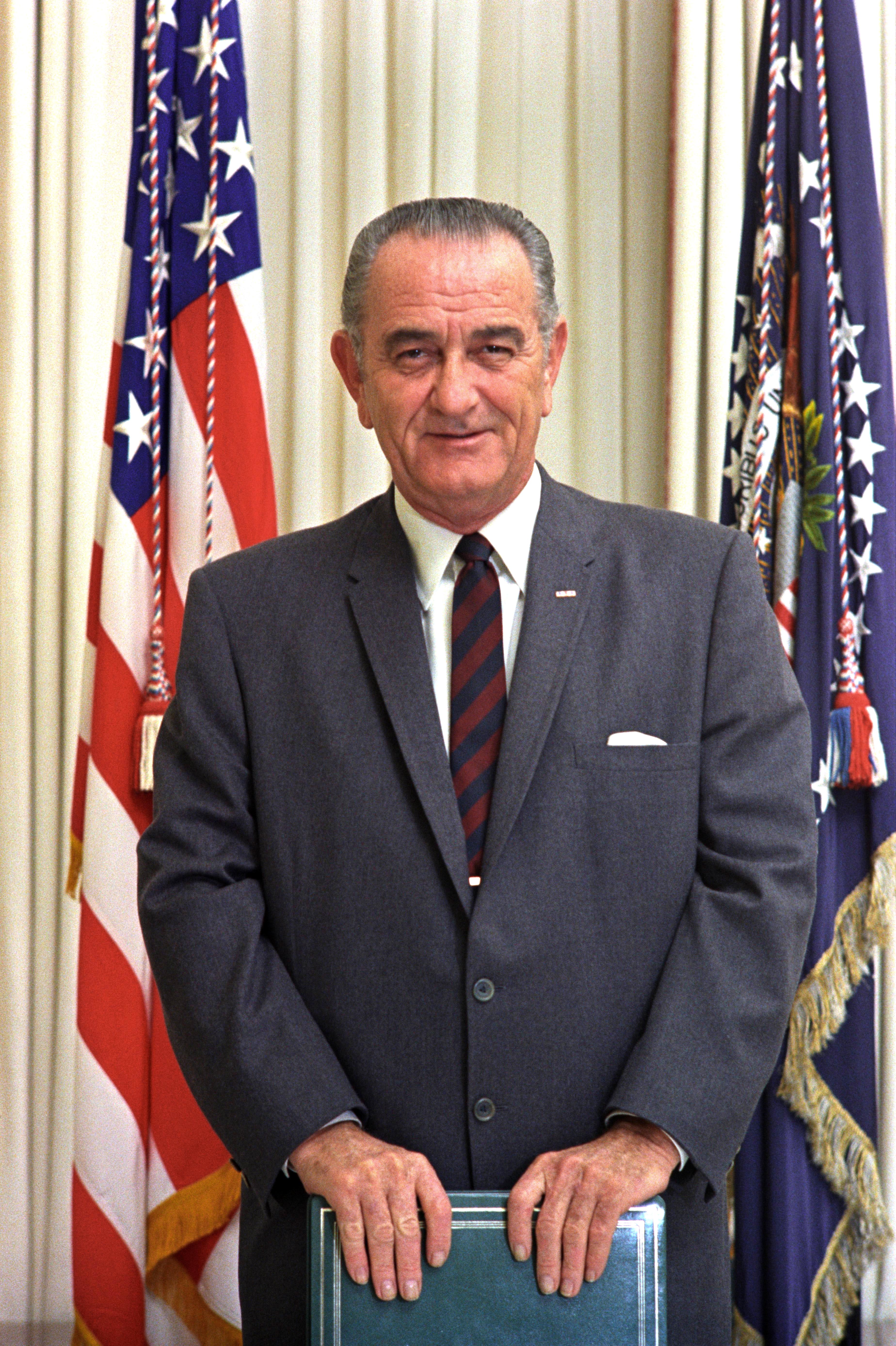





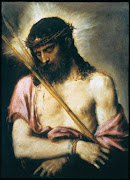



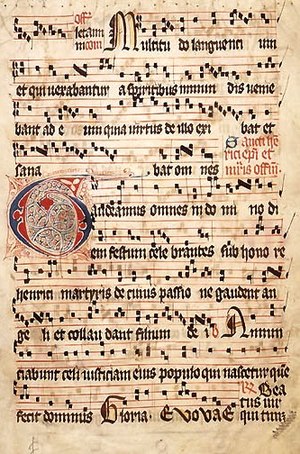

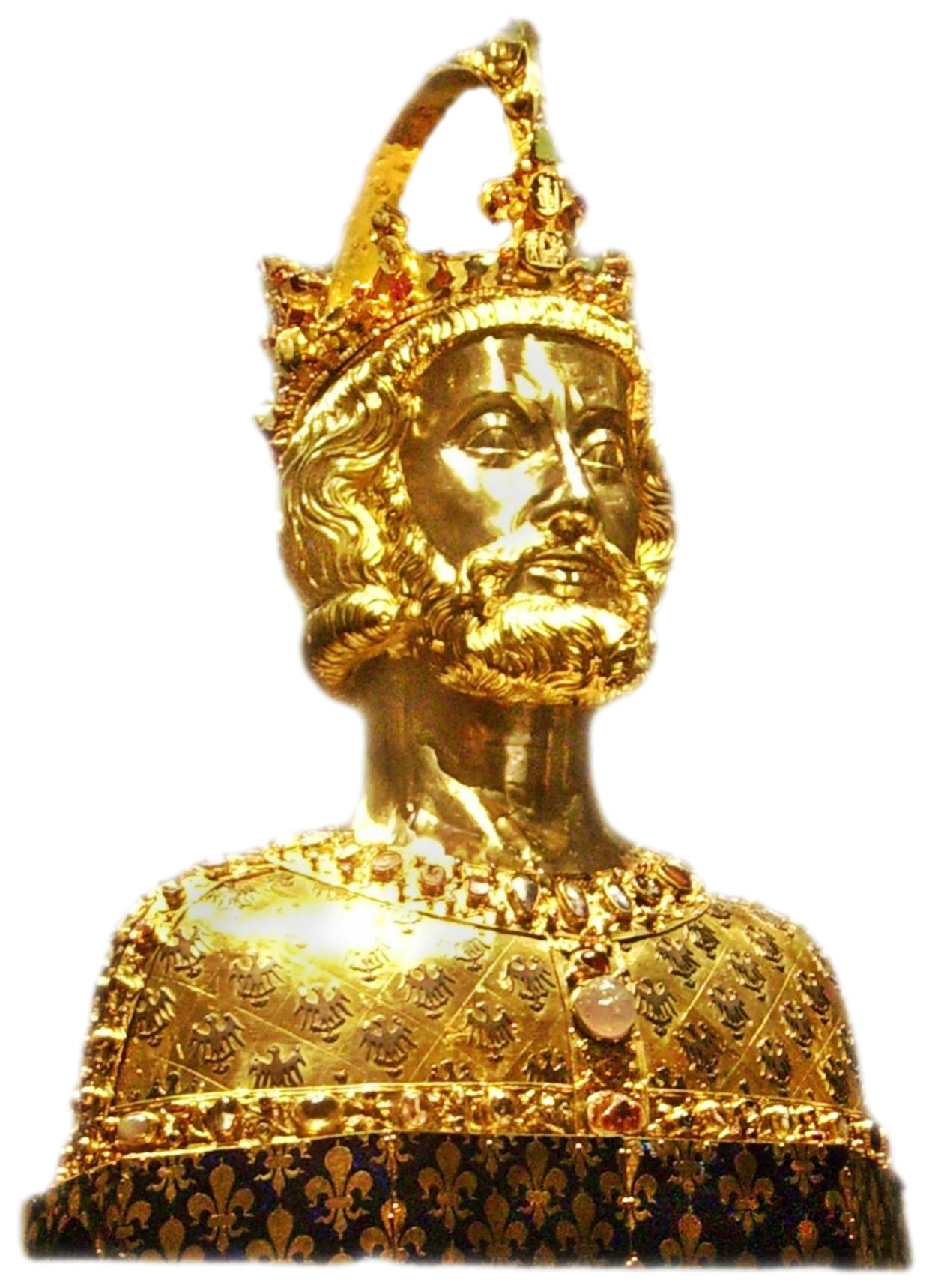



.jpg)





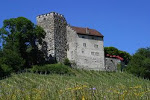


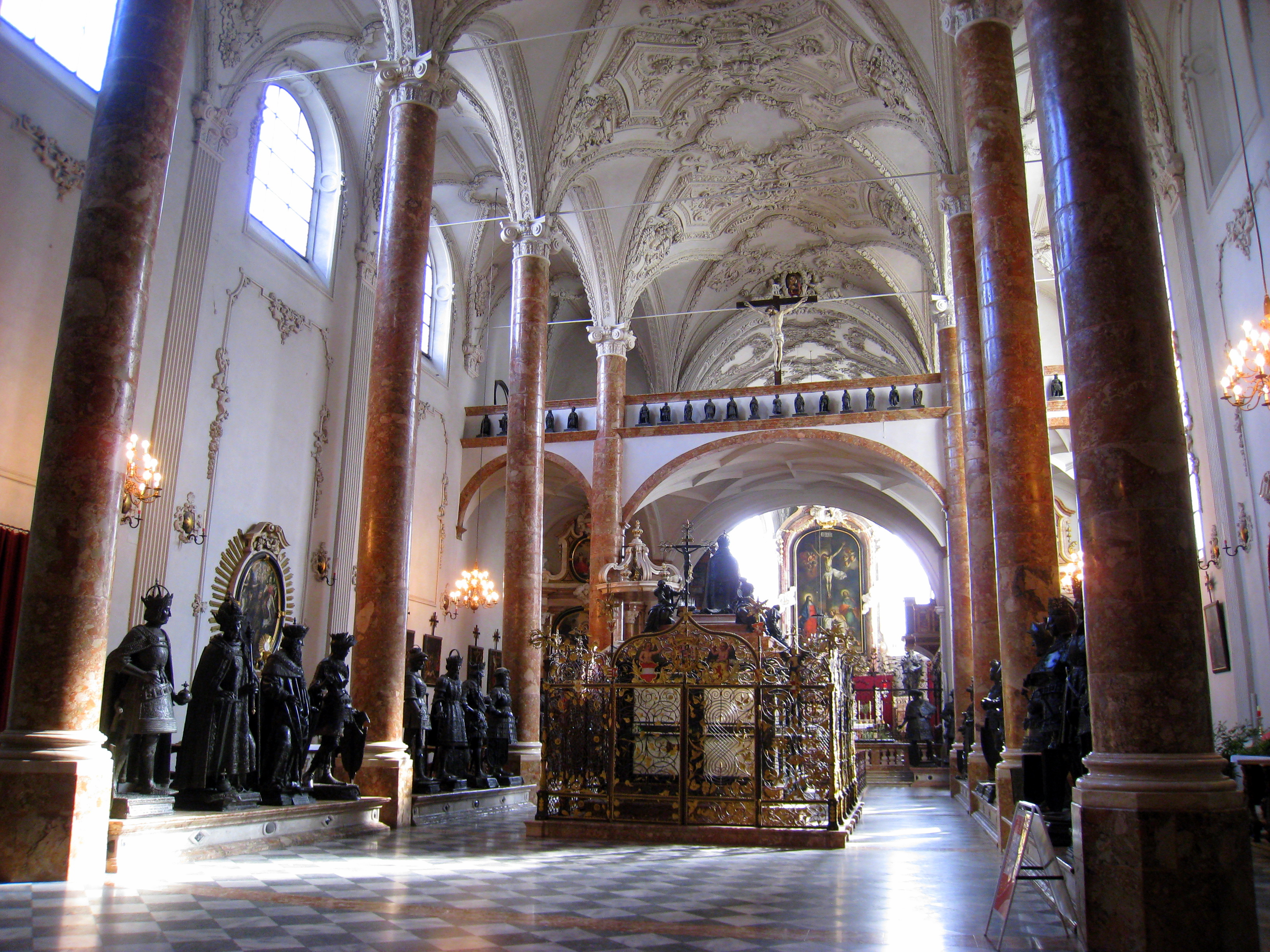


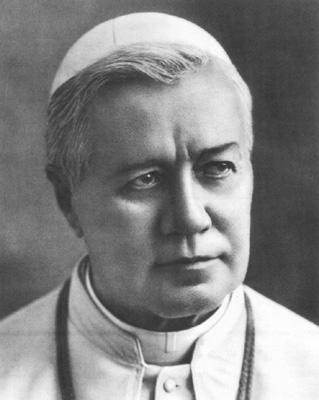










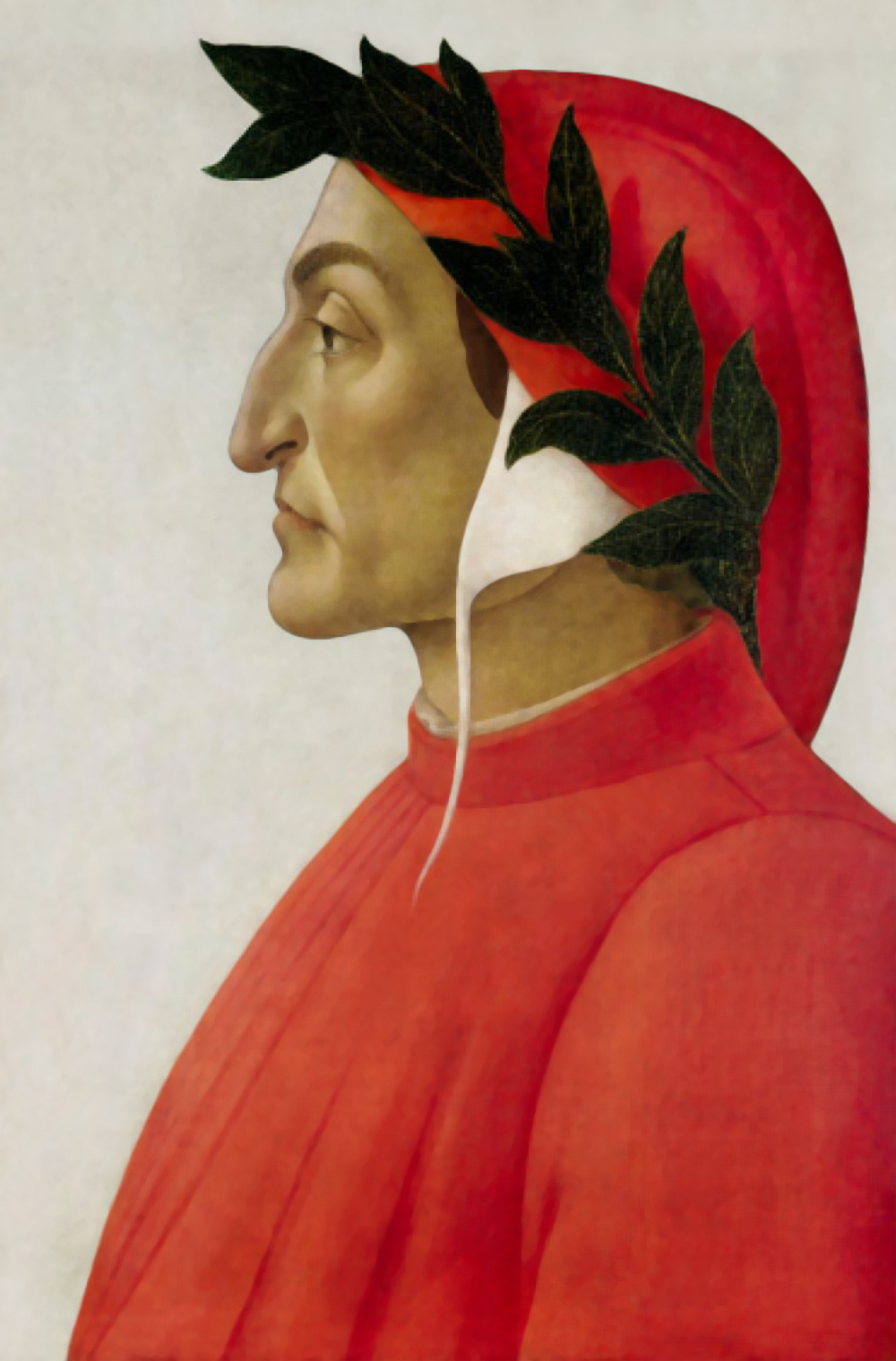



_-002.jpg/220px-Circle_of_Anton_Raphael_Mengs,_Henry_Benedict_Maria_Clement_Stuart,_Cardinal_York_(ca_1750)_-002.jpg)


